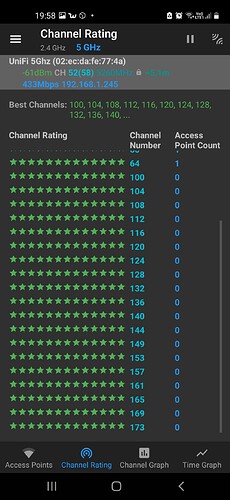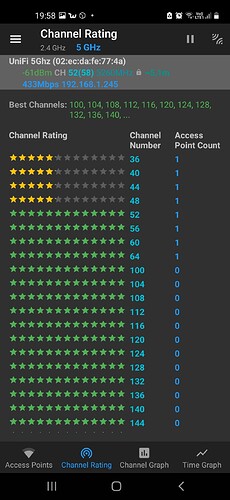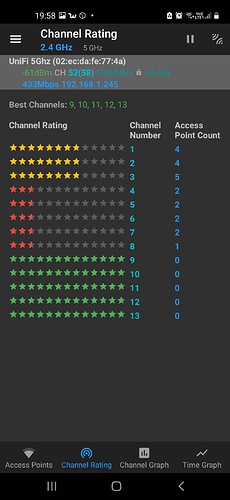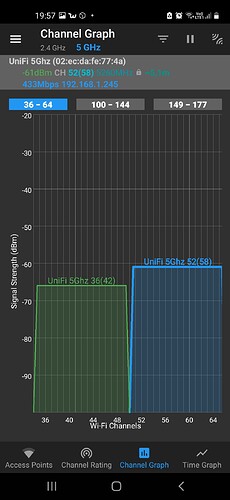Hi!
I'm new here and to openWrt, my first day ever using it - pretty cool!
I'll try to keep myself short, I bought R8000 nighthawk new from shelf and flashed openwrt to replace my utterly bad ethernet / wifi setup using Unifi USG and 2x AC AP Pro's - I was told from discord that this would be better than my unifi setup, unifi have been acting up for the last 2 years for me and myself and my kids have just had enough of it, I'm not tech savvy at all so that might be the reason its bad?
My kids remote play alot using (Steam link,parsec and moonlight) their gaming pcs are running headless due to space constraint.. and we have had nothing bad lag using it with unifi - cant even put the bitrate (mbps?) above 30 with 720p resolution before it complains.. so guy told me, get a R8000 with openwrt and all your problem will go away, except.. they didnt 
I've ran bufferbloat test as per recommendation from the same discord and it complains alot so SQM is key according to the internet , I've downloaded the application on openwrt setup my speed as according to http://www.dslreports.com/speedtest but with SQM enabled I get download speeds of low 15mbits - I have fibre 250/250 but we often get 270-280 down and 270-280 up...
All I want is being able to let my kids use their gaming pcs lagfree and atleast be able to stream 1080p with 50mbit bitrate as that would atleast give them a nice experience! is SQM not something I can use?
Our gaming pcs are all hardwired with cat6 (speedtest on all pcs show 250-270 u/d) the clients we use is all from mobile phones,nintendo switch,laptops and tablets while speedtest varies between these they never go below 150.. bufferbloat tests grades our network A, certainly an upgrade from unifi B but still not good enough.. any help?
Thank you in advance and forgive me if I'm coming across as lazy, I know there's a search bar but I'm not really tech savvy and being a single parent I cant really invest hours looking into something I dont truely understand, I can't really tell what to try and what not to.. I guess its a longshot asking here but, hey. it is what it is!
I would appreciate any help given,
Best regards,
D




